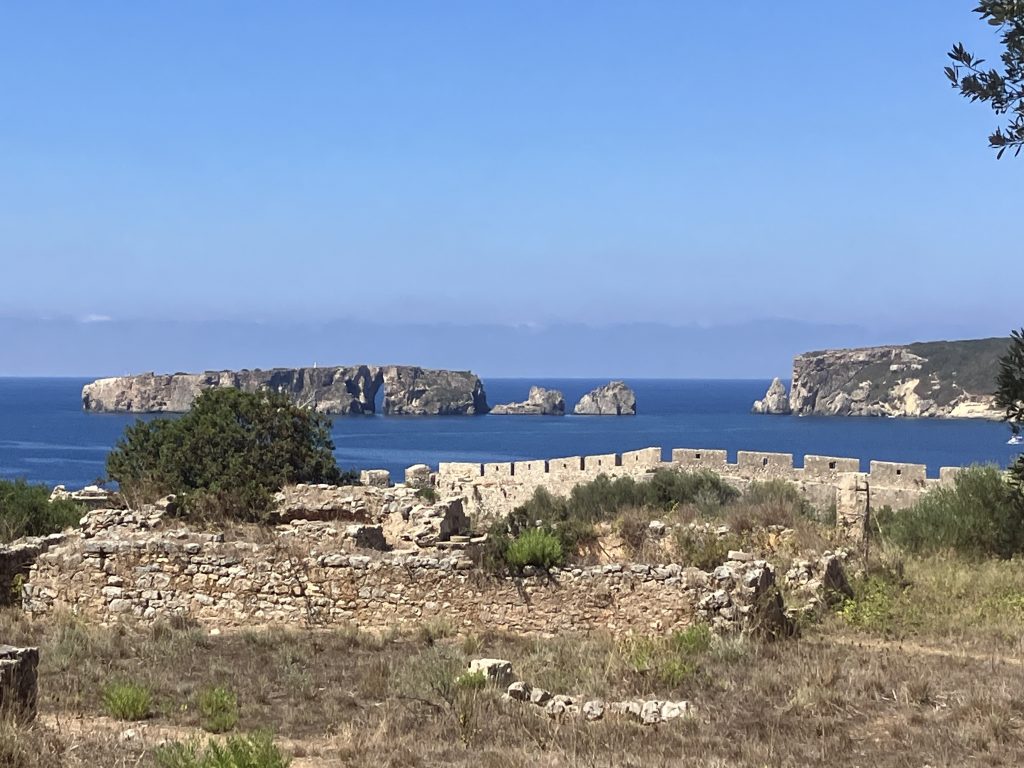
There’s a lot to Greek history, and it’s rather hard to keep track of in the Pylos area, because it involves so many eras. Nestor’s Palace is on the outskirts of the city, Nestor’s Cave is on the northern side of the bay along with the Paleo Kastro (old castle), as compared to the Nio Kastro (new castle) on the southern side near the entrance to the town of Pylos. We were on a mission to visit all of them (and to try to keep them straight).

The NioKastro was built in 1573 when the Ottomans occupied the Peloponnese, as a means of controlling the east-west commercial sea route. The castle and the area came under Venetian rule in the 1600’s and was later liberated by the Greeks in the 1800’s.


The fortress is surrounded by a huge wall, slowly crumbling away. Inside the wall at the summit is a smaller hexagonal fortress, allowing for the defense of Navarinou Bay with the help of 60+ cannons. Elsewhere on the property are buildings (ie. former barracks) that have been turned into museums.

The other building within the walls that is still in remarkable condition is the church of the Transfiguration of Christ the Savior. Originally built as an Ottoman mosque (still clearly evident in the building style), but later converted to a Catholic church under Venetian rule.


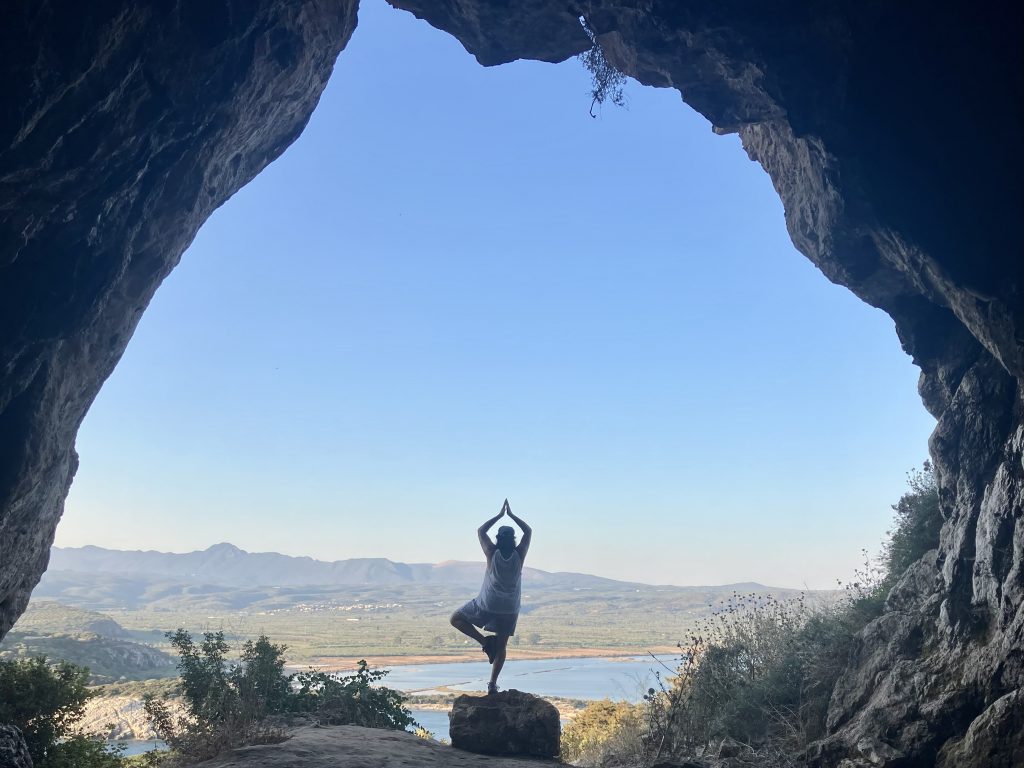



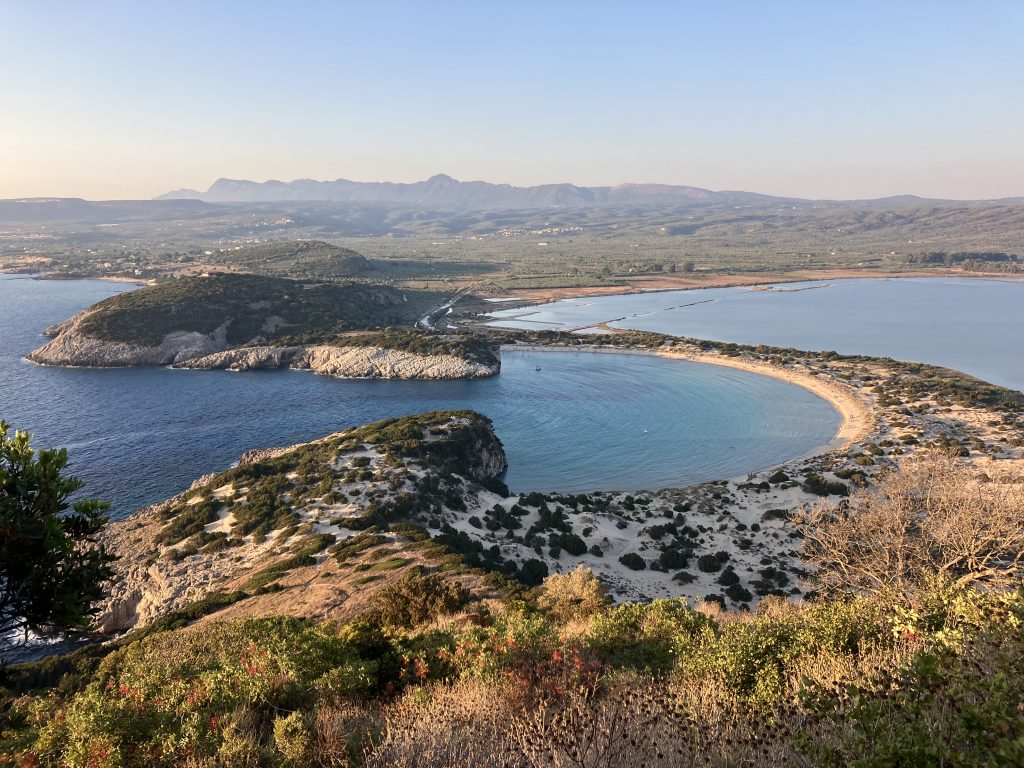
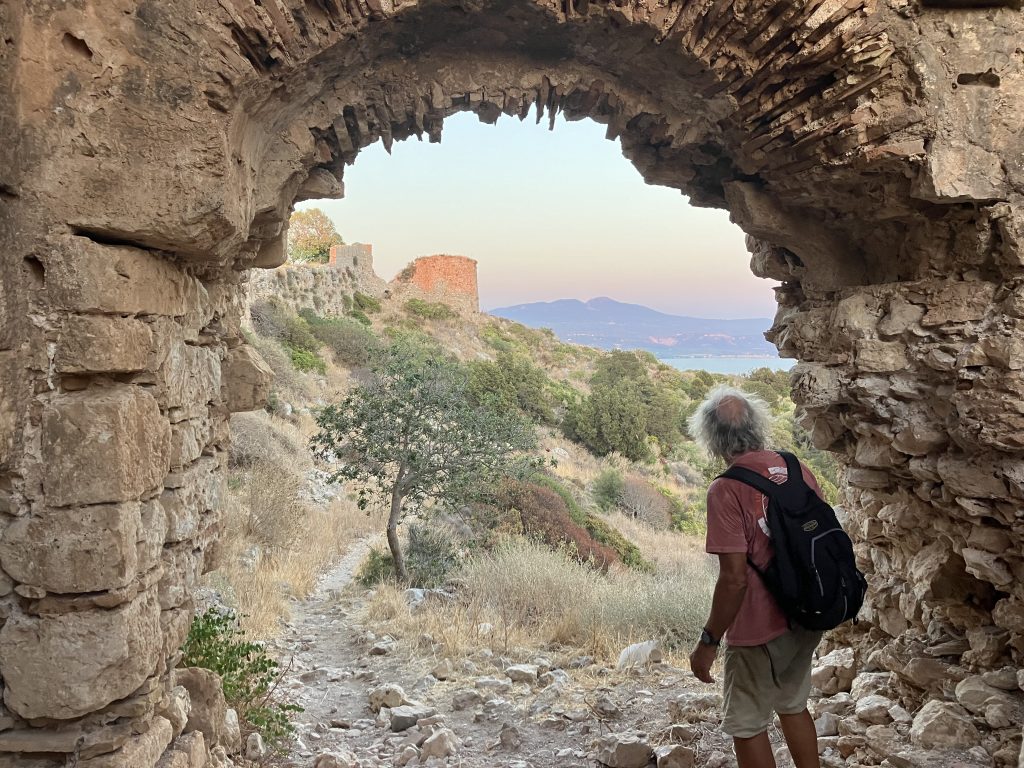




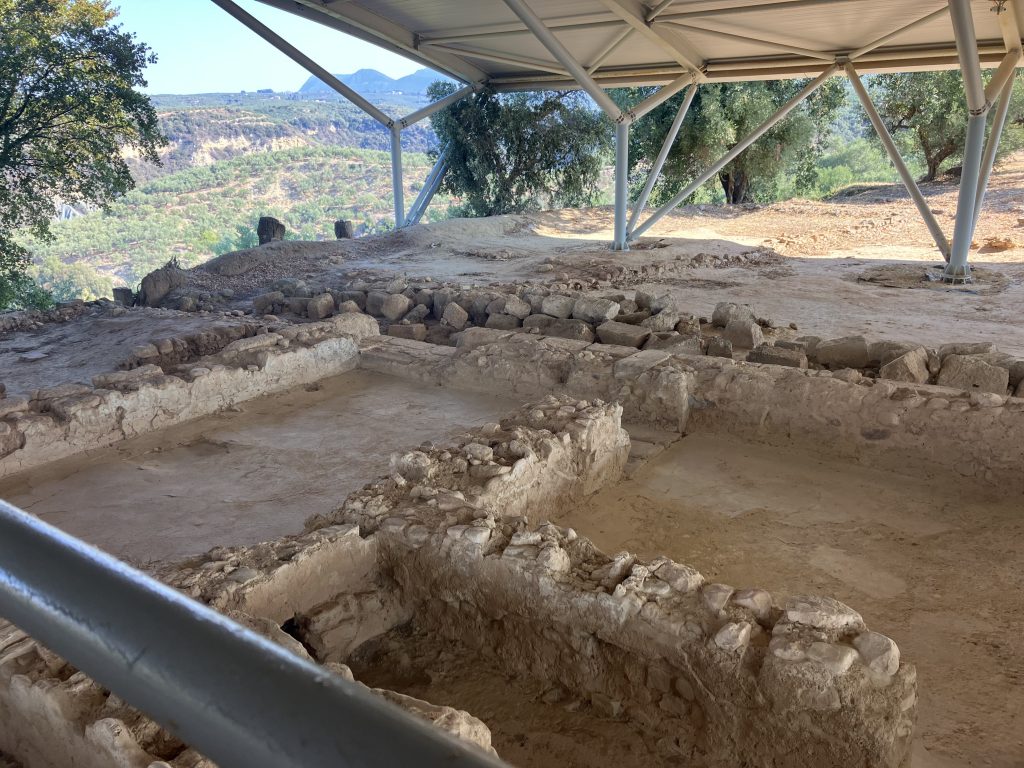




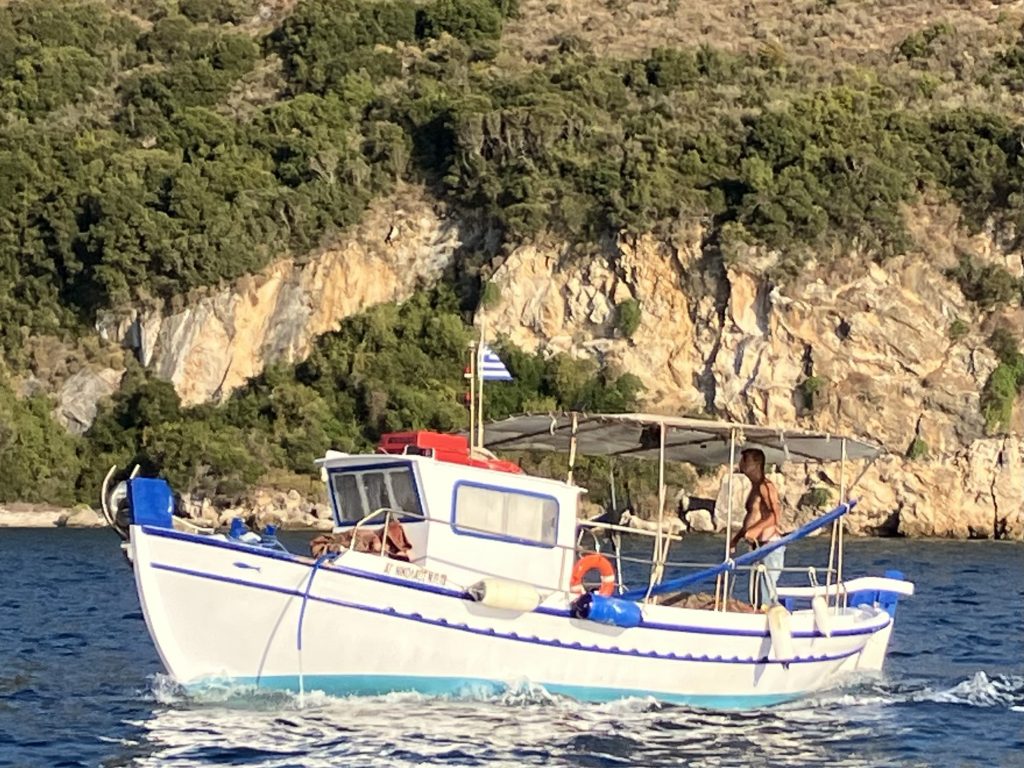


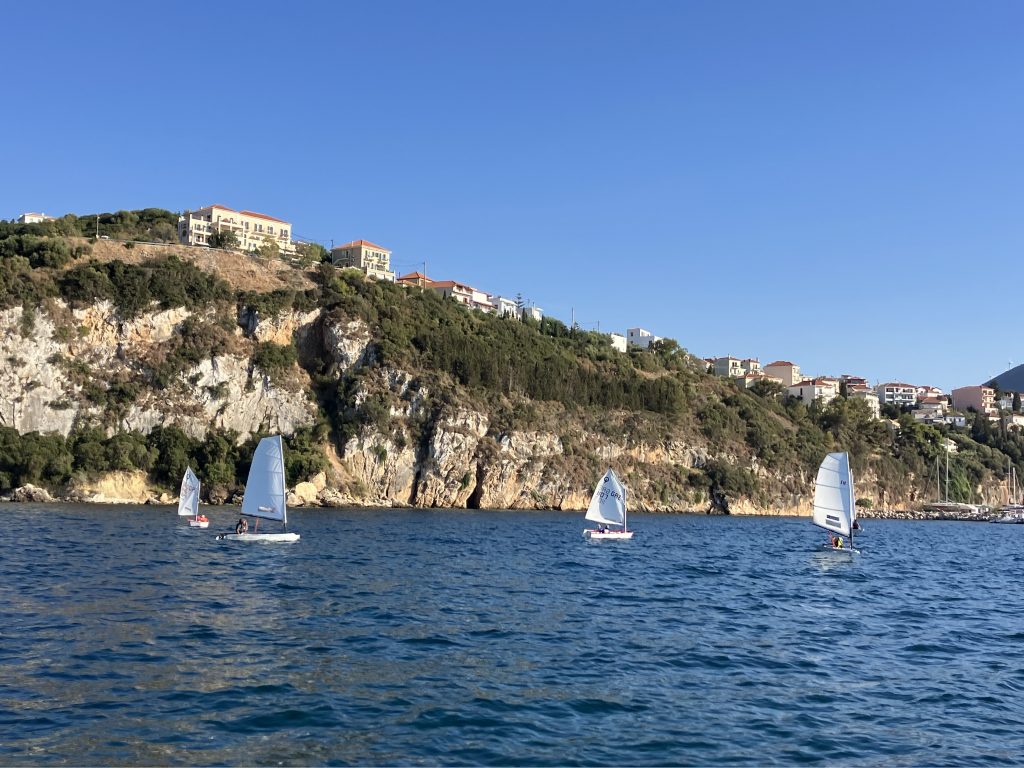




Recent Comments